Bosque del Apache is Spanish for Forest of the Apache or Apache’s Forest. Hector and I had never heard of the Bosque del Apache National Wildlife Refuge until I read an article about the refuge in Escapees Magazine. With such an intriguing name we couldn’t pass this place up.
The wildlife refuge is home to hundreds of species of mammals, birds, reptiles and fish. But the biggest draw for us was the fact that tens of thousands of birds including ducks, geese and Sandhill Cranes winter there. We were especially interested in seeing the cranes.

 This used to be the land of the Apaches, and it’s hard to erase their tragic story from our minds as we travel around this area. But the wildlife refuge is one success story: the refuge has restored much of the previously depleted habitat, succeeded in attracting wildlife back to the area, and continues to protect the habitat and wildlife.
This used to be the land of the Apaches, and it’s hard to erase their tragic story from our minds as we travel around this area. But the wildlife refuge is one success story: the refuge has restored much of the previously depleted habitat, succeeded in attracting wildlife back to the area, and continues to protect the habitat and wildlife.
As we’ve traveled around the country and discovered wildlife refuges, we’ve really grown to appreciate birds more than ever before.
During our visit we camped at the Bosque Birdwatchers RV Park, in San Antonio, New Mexico, which I also read about in Escapees magazine. 
The campground is basically a plain gravel parking lot with hookups, but we had a corner to ourselves, a great view of the mountains and the owner was extremely nice to us. And the best part is that it’s only ten minutes away from the entrance to the wildlife refuge.
The wildlife refuge straddles the Rio Grande, which was once a powerful river. The river overflowed during heavy rains and sometimes changed its path as the waters rose. This produced lush vegetation and food sources for wildlife and birds.
When people inhabited the area they eventually decided that they needed to control the river to protect their livelihood. So they built dams and irrigation ditches to manage the flow of water and divert it for crops and livestock and to protect their properties.
Eventually, the river became just a stream and much of the plant life was unable to survive the drier environment. This in turn caused much of the wildlife to leave the area in search of food elsewhere.

 Then, in the 1930s the Civilian Conservation Corps began work to restore the floodplains and in 1939, President Franklin Delano Roosevelt established the Bosque del Apache National Wildlife Refuge as part of a national system of lands dedicated to wildlife protection.
Then, in the 1930s the Civilian Conservation Corps began work to restore the floodplains and in 1939, President Franklin Delano Roosevelt established the Bosque del Apache National Wildlife Refuge as part of a national system of lands dedicated to wildlife protection.

 Staff at the refuge manages water to create wetlands, using gates and ditches to move the water from the river through fields, marshes and ponds, emulating the time when the Rio Grande flooded. This creates habitats that support both year-round and migratory wildlife once again.
Staff at the refuge manages water to create wetlands, using gates and ditches to move the water from the river through fields, marshes and ponds, emulating the time when the Rio Grande flooded. This creates habitats that support both year-round and migratory wildlife once again.
They also grow crops like corn and even mow the cornfields to create a more open area for the birds. This makes the birds feel safer as they are feeding as it allows them to see if predators such as coyotes are approaching. All of these efforts have paid off with many birds returning to the area.
We witnessed the “shows” that occur each dawn and dusk. In the morning, the birds are in the water, having spent the night there to protect themselves from predators. When the sun comes up, Snow and Ross’s Geese geese all fly out in unison out to the fields to feed. Shortly thereafter the Sandhill Cranes fly off in smaller groups.
It’s incredible to see and hear thousands of birds taking flight and flying over your head. In fact, I had an “incident” of bird poop falling on my head one day, fortunately I was wearing a hat (see photo of hat with bird poop above). And I wore my bird poop hat religiously after that.

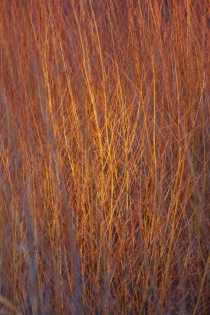 In the evening, the reverse occurs. As the sun goes down, large groups of geese fly towards the water. You see long strings of them in the sky, and slowly the water fills with birds. The birds spend the night in the water, then, the next morning, the show begins again as they fly back out to the fields.
In the evening, the reverse occurs. As the sun goes down, large groups of geese fly towards the water. You see long strings of them in the sky, and slowly the water fills with birds. The birds spend the night in the water, then, the next morning, the show begins again as they fly back out to the fields.
There is a loop drive in the refuge that allowed us to get a different perspective of the geese and cranes. They were all busily feeding throughout the fields of the refuge. And we saw lots of other birds, especially raptors.
We got up before sunrise every day to witness the bird “flyover”. Although those early mornings meant braving some colder temperatures, it was well worth it. Even without the birds, this place was just beautiful, especially in the morning and evening light! And we were fortunate to be there until the day before the full moon. The moon was spectacular.

We also joined in one of the ranger programs – a raptor tour. A ranger and some volunteers, all experienced birders, amazed us with their knowledge and skill at spotting raptors. Our sightings included Northern Harrier, Red-Tailed Hawks, Ferruginous Hawks, Bald Eagles, and Kestrels.

 Once back on our own, we spotted more raptors plus Blue Heron, more ducks and mule deer. It’s great to see that the work the refuge is doing has been so successful.
Once back on our own, we spotted more raptors plus Blue Heron, more ducks and mule deer. It’s great to see that the work the refuge is doing has been so successful.
 I will never forget this place and the incredible birds. If you love birds, wildlife, and/or nature, you should plan on visiting this wildlife refuge. But do wear a hat!
I will never forget this place and the incredible birds. If you love birds, wildlife, and/or nature, you should plan on visiting this wildlife refuge. But do wear a hat!





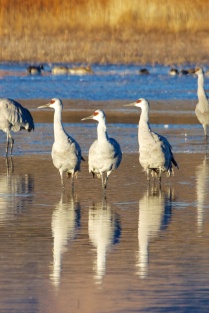
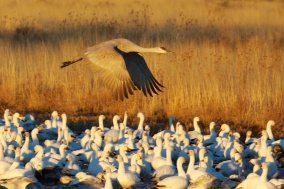








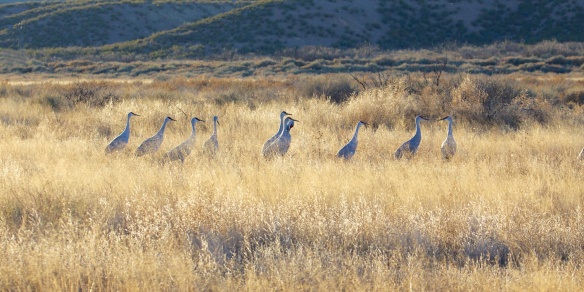












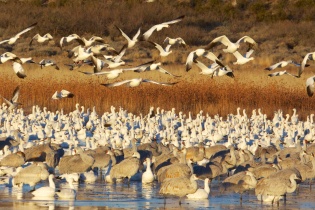







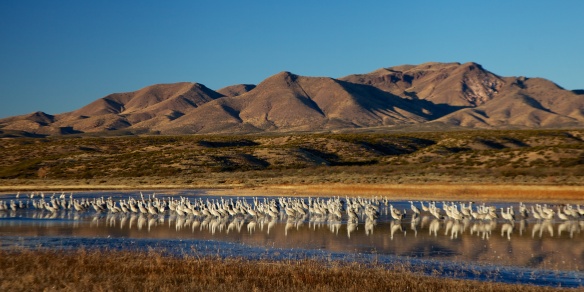




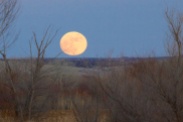
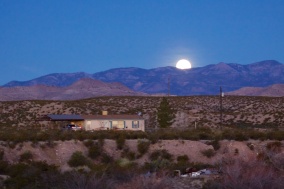




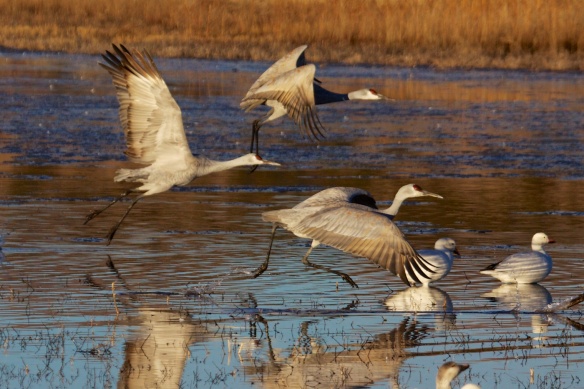










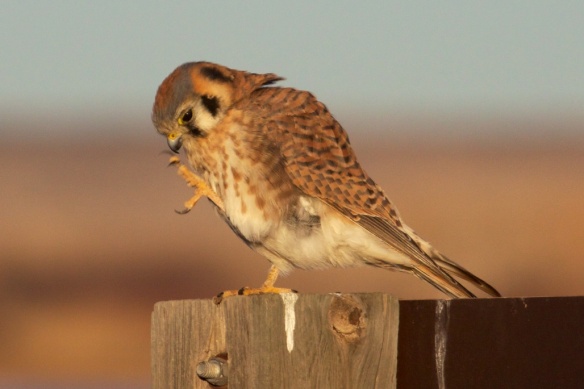





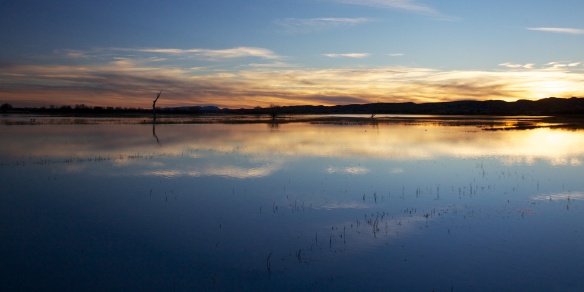


Quite the moon shots!
Thanks, it was a beautiful night.
Brenda
Love it, Love it! This is my place and yes we will be there. I experienced and witnessed the Sandhill Cranes fly overs at WhiteWater Draw, AZ . Truly incredible but you have seen more wild birds and animals.
The moonshots are fantastic that even Steve exclaimed a big Wow!
Cool, now I want to see the cranes during mating season, they have a great dance. It was a beautiful moon for a couple of nights. The cranes begin arriving in November, in fact, there’s a “Festival of the Cranes”. Might be too crowded though. But could be fun as well. They are here through the winter, but it can get pretty cold, So you have to find the right time for you.
Brenda
Thanks so much for posting this and sharing the stunning photos. I will put this on our return itinerary. We spent last night at City of Rocks and loved it. Hope you enjoyed the Desert Sonoran museum. We had a great time meeting you and look forward to future visits 🙂
So glad you enjoyed City of Rocks. We didn’t make it to the Desert Museum yesterday, and want to go during a weekday, so will wait until next week. We had a great time meeting you too, hope we can meet sometime after the summer.
Brenda
OMG! What an incredible series of photographs! This post was wonderful…. this place is now on my “must see” list. Such a joyful post, Brenda! Happy New Year and Happy Travels!
So glad you appreciate Hector’s photographs, I agree that these are wonderful. Joyful is a great description! Hope you get to visit the area soon. Happy New Year and Happy Trails to you too!
Brenda
Forgot to mention, the cranes begin arriving in November, and there’s a “Festival of the Cranes”. Not sure how nice of an event it is, or how crowded it gets. Just something to be aware of when planning to go. We thought December was nice but cold, especially at dawn. Hope you make it.
Brenda
What an awesome post and the photos were breathtaking, as usual. Thanks so much for sharing! This gives me encouragement that the wheel is turning and that conservation action continues to benefit our wildlife and wild places. Hooray!! Happy New Year, Brenda and Hector! Warm wishes for the very best in 2014! Love, Rebecca
Yes, the NWR’s are great! Wishing you a wonderful New Year. Love, Brenda
Lovely!!! Such FABulous photography! I think the Coopers Hawk is one of the pair that summer across the street from us… No more song birds in our hood as a result. In late August, we were on the deck having dinner, and one of the hawks “joined” us with its dinner on the fence just behind us! So cool. Happy, safe, fun 2014, Friends! xoxo
Oh, wow, how interesting, guess he/she is not too fearful of humans. Happy New Year to you and all of the gang!
Brenda